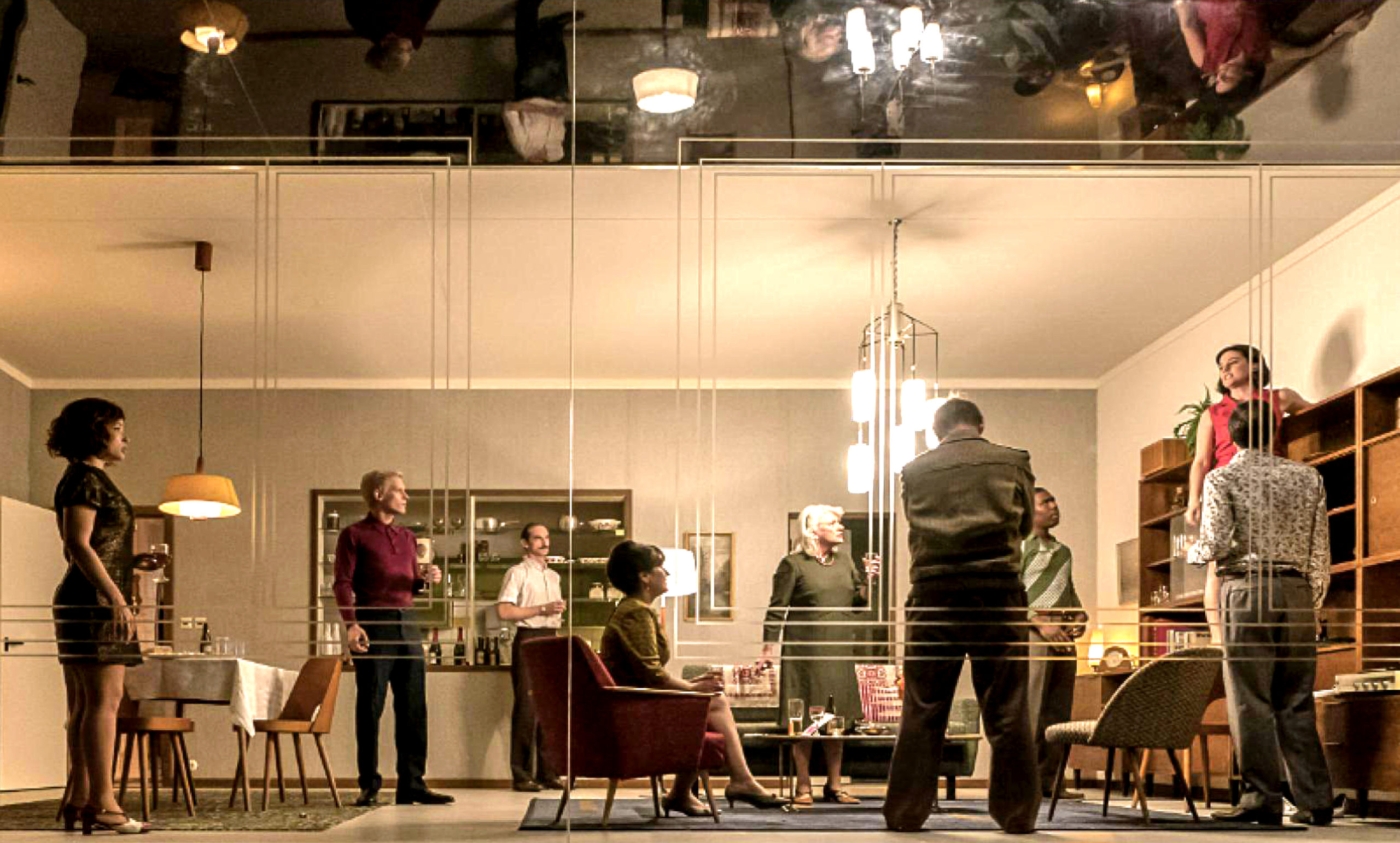The audio-visual extravaganza that is theatre is pushing boundaries to create a more immersive experience. So how is sound design reimagining the way we tell stories?
Theatre has a long history of embracing existing and emerging technologies to challenge the way we present and experience stories.
With advancements in sound technology evolving at the speed of sound (get it?), theatre-makers are now seeing opportunities to make sound design the heart of their creative processes.

Up until recently, sound design was merely viewed as a technical skill: a barely creative decision that was poured over a scene. In fact, sound design was only recognised as a category in the Laurence Olivier awards in 2004. Long gone are the days where sound was merely an unobtrusive contribution to a show.
Now, more and more creative decisions are being fuelled by the connection between sound-artist and the sonic-landscape they can create for the stage. These theatre practitioners are finding new ways to lead sound design deeper into the realms of art.
The National Theatre in London is one organisation at the forefront of redefining these experiences and is playing an instrumental role in adopting audio technology to deliver a unique, out-of-the-box performance experience to audiences.
Would you wear headphones to the theatre?
Ella Hickson’s Anna is a cold war thriller that used binaural sound design (by Ben and Max Ringham) to create a “pseudo-crypto-voyeur” experience. This show was an audio experiment in audience immersion: making each spectator culpable in the tale of spying, surveillance and secrets.
Binaural sound is transmitted to your headphones in a way that mimics the perspectives of sound in the real world. While directors often focus solely on where an audience member should look, Anna allowed for sound designers to manipulate where the audience could hear.
“Technology is now so advanced that we wanted to use these new tools, setting them at the very heart of the play, rather than as an add-on theatrical device. We devised this piece of theatre from the very start with the ultimate goal of using sound to convey the oppression of this time period” – Ben and Max Ringham

At the core of Anna was the motif of listening and being listened to, therefore the creative team set the show in an entirely sealed glass box, while audience members wore headsets to hear the actors dialogue and any other unique sound effects and music.
It is only through the technology — the microphones, speakers and headphones — that you can access the world of the play. This decision allowed audiences to feel as if they were listening in on veiled, confidential information, mimicking the oppressive world of East Berlin in 1968.
With this intricate audio technology, audiences were able to hear anything from an intimate whisper to a booming argument, with the same accuracy as you would in the real world. These are details you can’t achieve in a normal theatrical show. Technology like binaural sound means possibilities are endless for performers and production creatives alike to bring moments to the stage that we once thought were impossible.
“Drama the pandemic can’t touch”
The sound design advancements don’t stop at Anna. Emphasis on audio design and technology has skyrocketed — especially since lockdown pushed the world of theatre to shut its doors. Here emerged an opportunity for artists to produce alternative theatrical experiences to accommodate this new reality — and binaural technology just so happened to be perfect for the process.
Binaural audio plays saw a boom in production during the height of lockdown, proving that shows could be interesting and creative, even when experienced within the confines of your home. They were instrumental for not only providing entertainment in a time of utter chaos but for keeping creative businesses alive.
Covid Lockdown Breath Machine by Knaïve Theatre follows the journey of a coronavirus patient. It explores the symptoms and imaginings of the main character and brings them to your ears in a trippy, all-encompassing way.
Not only does the show provide invaluable insight into our minds during a worldwide pandemic, but it also generates conversation about the efficacy of performing through digital formats and how audiences and performers may connect or disconnect.
Audio dramas are perfectly suited to a world in quarantine. Lockdown forced us to absorb art in a one-on-one way — headphones on, eyes glued to a screen — and audio plays like Covid Lockdown Breath Machine lean into the intimacy of that reality.

To further push the boundaries of audio centred theatre, Simon Stephens adapted José Saramagos’ dystopian novel Blindness into a sound installation — during lockdown. The play was reimagined as a socially distanced binaural experience, that imitated the fear and confusion of the pandemic and compared it to being blind.
The nature of binaural technology meant it was perfect for warping and heightening the audience’s senses. The soundscape is a cocktail of music, sound effects, narration and found sound.
These performances are a celebration of audio innovation and experimentation. They reveal the impact that considered and unique sound design can have on a stage. Alternative performances force us to look at what theatre is, and what it can be.



